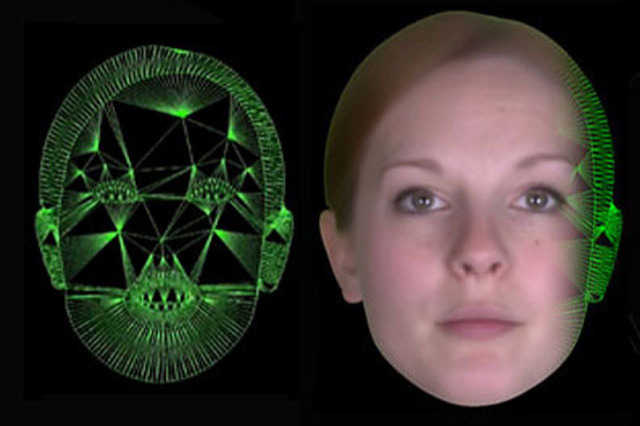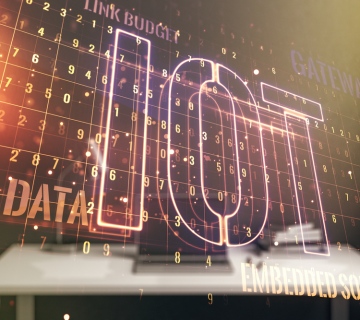This blog has been written by Jacqueline Rose, a features writer from Lifting Gear UK.
As the generations Y and Z (born between 1977 – 2012) grew up naturally with the internet, mobile phones and social networks, technology became an integral part of human society. Nowadays, people are enabled to do nearly everything from the comfort of their homes using the internet.
Starting from watching movies, transferring money, reading books, booking holidays, meeting (new) friends, doing grocery shopping, or sending postcards, everything can happen online. Recently, it has been reported that in the UK even doctor consulting rooms may be replaced with chat rooms on Skype. Consequently, human communication and relationships became virtual and global, and individuals self-organise and inform themselves using the web.
 However, networking technology has also been impacting on businesses. The wide availability of the internet and social media let to the beginning of the information age, putting companies primarily into a competition consisting of information rather than products. Social Media has given the consumer a public voice, empowering them to shape company’s images, but also representing a valuable pool of customer insights which support company’s product development. Consequently, businesses are utilising internet technology for their internal communication, marketing activities, customer service, risk management and market research. Above that, manufacturers are increasingly using networking technology to digitalise their production. In doing so, manufacturers gain flexibility and are enabled to produce a wider product variety in a shorter timeframe.
However, networking technology has also been impacting on businesses. The wide availability of the internet and social media let to the beginning of the information age, putting companies primarily into a competition consisting of information rather than products. Social Media has given the consumer a public voice, empowering them to shape company’s images, but also representing a valuable pool of customer insights which support company’s product development. Consequently, businesses are utilising internet technology for their internal communication, marketing activities, customer service, risk management and market research. Above that, manufacturers are increasingly using networking technology to digitalise their production. In doing so, manufacturers gain flexibility and are enabled to produce a wider product variety in a shorter timeframe.
Although internet technology is meant to make lives easier, one may recognise it makes it also faster and busier. Whilst Generation X still needed 4 years for their undergraduate degree, Generation Y and Z are able to manage it in three, as information is easier to access these days. As one own smartphones and tablets, they are even in their holidays at work. As the consumer has an ‘online voice’, companies are under pressure to satisfy rising demands towards diversified products and a sophisticated customer service. However, technological developments do not stop, but rather are due to change industry and society again, and one may be interested what may come next.
The University of Cambridge in the UK created a programme which shows a virtual talking head which can express hundreds of human emotions. This lifelike avatar can deliver messages with whatever preferred voice and facial expression, and thus is taking over the task of the so far used emoticons in text messaging.
The widespread use of the face may add a personal note to text messages and human-computer interactions. In future, one may be able to communicate to others sending a digitalised version of the own face and voice which is delivering a message from typed text. In that way, the receiver understands the emotions of the sender better and text messaging may become more personal. Above that, the system frees up time in case the sender is unable to do a call or the receiver is not available in the moment of the call. In the long term, computers may become enabled to read human facial expressions and body language which would make a keyboard and mouse redundant.
It becomes clear, upcoming new technology is going to speed up working processes again by increasing worker’s efficiency levels. A process which is known since the first industrial revolution in the eighteenths century, when the ‘Spinning Jenny’ was introduced which suddenly enabled one worker to do the amount of work of eight people.


